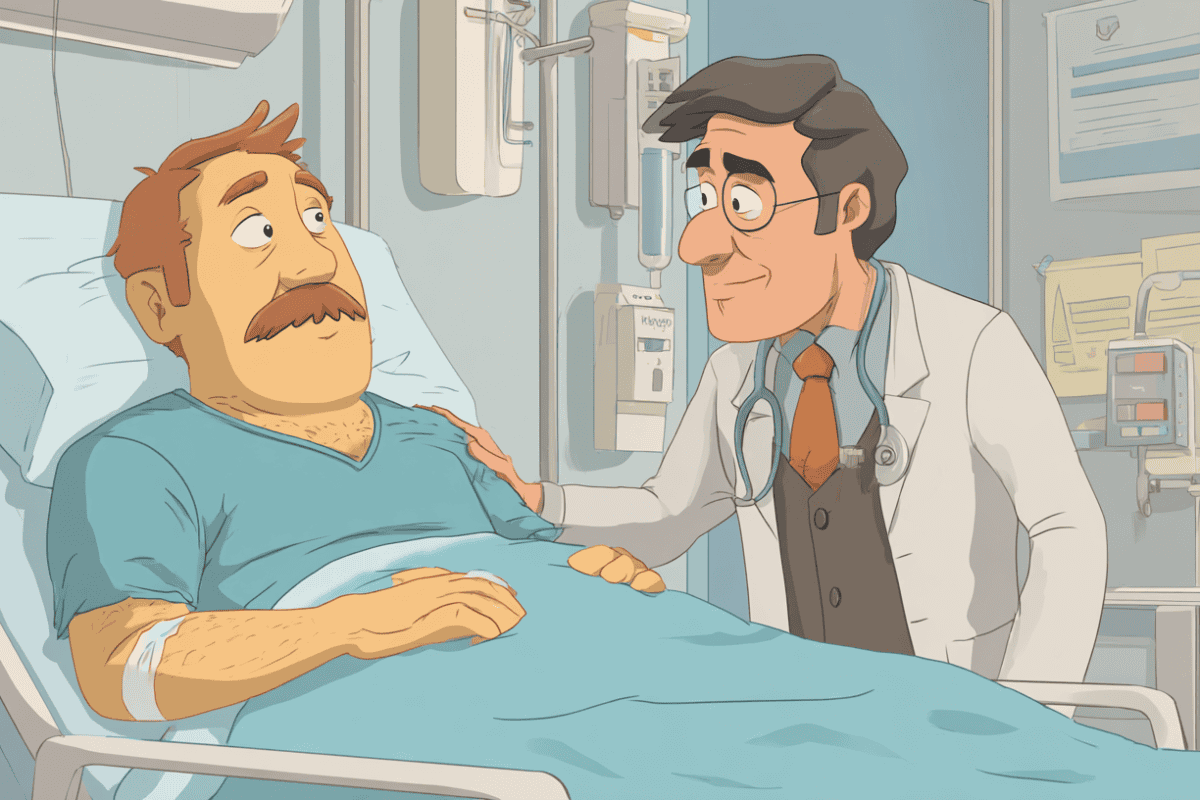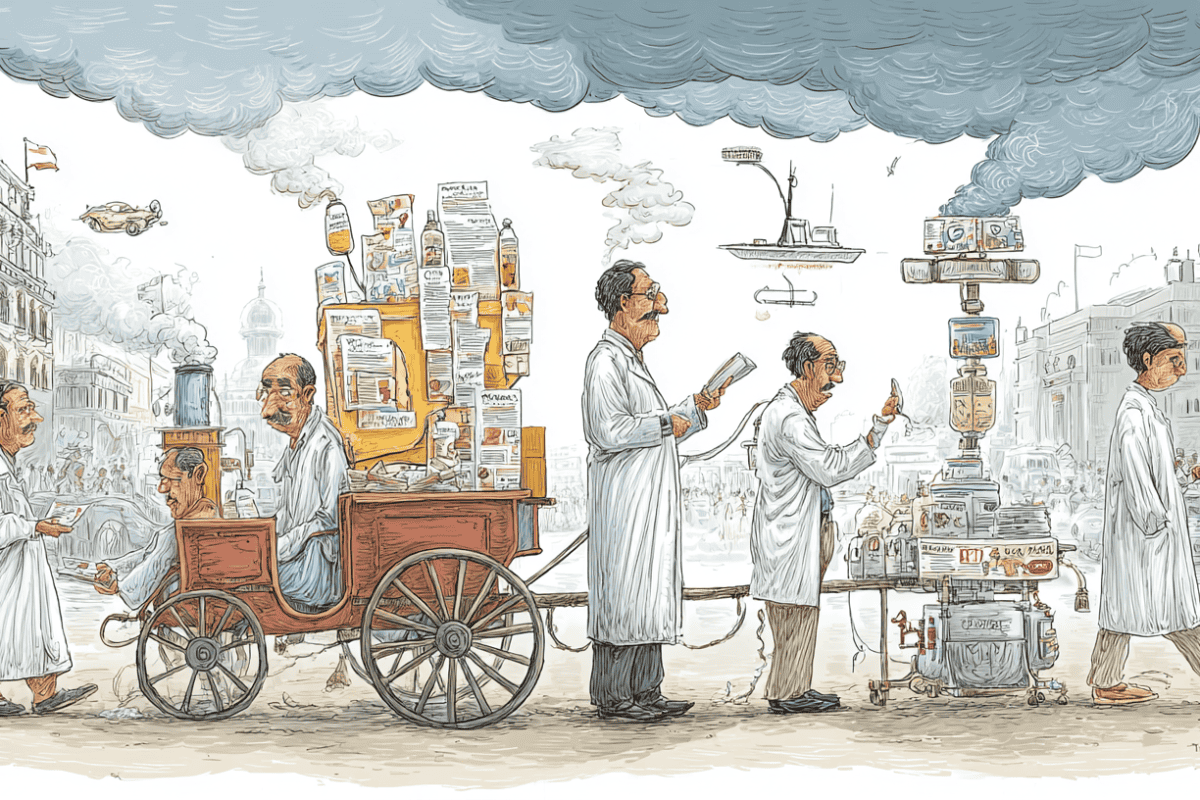Have you ever noticed that you feel really thirsty and have to pee a lot more often? This might be a sign of high blood sugar levels, which might mean that you have diabetes. When there is a lot of sugar in your blood, your body tries to balance that out by making you drink more water. Some of you might also find it difficult to manage your diabetes on your own. In that case, you can opt for a diabetes reversal program that should be scientifically proven and clinically validated.
Let us now discuss how diabetes is the cause of this increased thirst.
What is Diabetes?
Diabetes is a life-long disease that hampers the body’s ability to utilize sugar, which is necessary for the production of energy. When you eat food containing sugar, it gets into your blood and requires transportation into your cells so as to provide energy. This process requires a hormone, insulin. If the body does not have enough insulin, the sugar will stay in your blood, and over time, it causes diabetes.
Common Symptoms
Both diabetes (type 1 and type 2) can cause:
– Extreme thirst and frequent urination
– Dry mouth
– Gum issues (redness, swelling, tenderness)
– Tiredness
– Weight loss (more prevalent in Type 1)
– Slow-healing wounds
– Frequent infections
– Mood Swings and Irritability
Why do people with diabetes feel thirsty?
Your kidneys will work overtime to eliminate the sugar from your body, hence more urine.
By so doing, the body’s water is lost, and the very thirsty will, in the end, get the water from the body’s tissue. Then , your brain would signal you to drink more water to get hydrated, but this only triggers a cycle of thirst and frequent urination. This is what polydipsia means.
Diabetes Thirst at Night
Nocturnal thirst is a common feature of diabetes. It interrupts your sleep because you wake up constantly just to drink water. These high sugar levels increase thirst and urination, thus causing dehydration.
Identifying Symptoms
Look out for increased thirst, frequent urination, dry mouth, and fatigue. These are signs that the body is trying to handle too much sugar.
Thirst Management in Diabetes: How to Tackle It and Some
1. Control Your Blood Sugar
To manage thirst caused by diabetes, it’s crucial to keep your blood sugar levels in check. Drinking water helps, but addressing the high blood sugar is key.
2. Lifestyle Changes
Healthy Diet: Eat a balanced diet rich in vegetables, fruits, whole grains, and lean proteins.
– Regular Exercise: Regular physical activity helps maintain and adjust blood sugar levels.
– Check Blood Sugar: Monitor blood sugar levels at regular intervals.
3. Balance Electrolytes
It is very critical to maintain the balance of electrolytes such as salt and sugar. Electrolytes are important for cell function, and dehydration can upset this balance.
Managing Nighttime Thirst
– Keep blood sugar levels under control, especially before going to bed.
– Reduce caffeine and bladder-stimulating foods. – Have an early dinner to avoid a sugar rush late at night.
– Drink plenty of water during the day, but not just before bed.
– Get good sleep, this will also help you manage diabetes better.
– Cut back on sugar-rich desserts before bedtime.
These will be better controlled, and you will better handle your diabetes when these aspects are understood and managed.
This is a sponsored post
Digital Health Buzz!
Digital Health Buzz! aims to be the destination of choice when it comes to what’s happening in the digital health world. We are not about news and views, but informative articles and thoughts to apply in your business.


